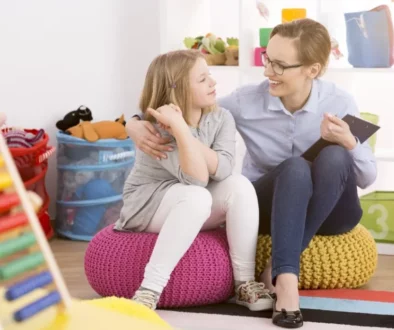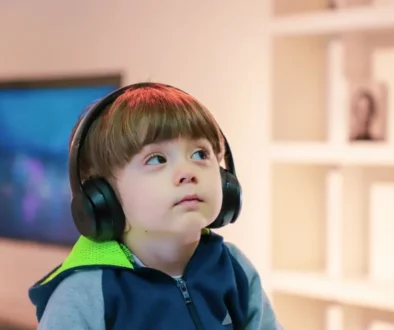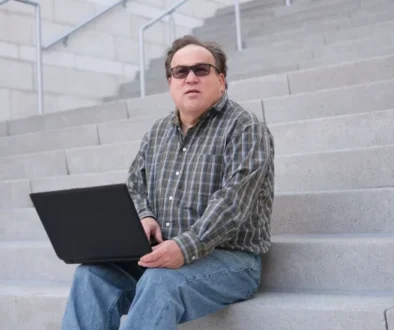What to Do After an Autism Diagnosis
Autism is everywhere. One in 54 American children have autism spectrum disorder (ASD). It cuts across all demographic groups, and children show a wide range of symptoms. Obtaining an autism diagnosis is essential to get your child started on their therapies. Yet many parents hold off on getting an ASD diagnosis. They don’t know what to do after they receive a diagnosis, so they don’t bother with getting one.
But you must understand how one is made and what you can do next. You can help your child once you have the information. Here is your quick guide on what to do after an autism diagnosis.
How Is ASD Diagnosed?
Every child with ASD is different. There is no one test that will diagnose a child, and there is no one sign that all children with a disorder share.
ASD is a neurodevelopmental condition. It occurs in the brain. There may be genetic components to it, but the exact causes are unknown.
Signs of autism can manifest in babies. They can include avoiding eye contact and other children. They may have delayed language skills, or they may give unrelated answers when they are asked questions.
A child may struggle to show or discuss their feelings. They may not understand how other people are feeling. They may not respond to facial expressions or verbal cues.
Many people with ASD become upset when their routines change. They may organize themselves or mandate routines, which others can find unusual.
Doctors can diagnose a child with ASD when they are as young as 18 months. Spotting the signs of ASD in someone is one step for diagnosis.
Another step is development monitoring. Assessing when a child began walking or talking can determine ASD since many children with it learn to talk late.
Doctors can conduct evaluations to screen for autism. Doctors examine medical records and run tests with the children themselves. After a few visits, they can determine what is going on with the child.
Providing Support to Your Child
Children with ASD are not “sick.” They can do whatever children without ASD can do. They just need a little more support.
Adopt therapies that can help your child right away. If your child needs help communicating, they can take speech therapy.
Pivotal response treatment motivates children to talk. A therapist names an object that the child wants to hold.
Then the child must request it by name before they can receive it. This encourages the child to speak up and practices speech skills in a low-stress setting.
Children can receive physical therapy for gross and fine motor skills. Gross skills incorporate large and elaborate body movements, like walking up stairs. Fine motor skills are minute, involving activities like writing.
Physical therapists can teach children how to coordinate their bodies. Occupational therapists provide support for hand-eye coordination and posture.
Your child can function in a classroom. Teachers can adopt a number of techniques to adjust how they teach. They can give shorter instructions and provide your child with time to process information.
Children with ASD may feel lonely or “broken.” Consider explaining their diagnosis to them.
Put things in simple and clear terms and affirm that you love them. If they are interested, provide books to them by autistic writers and with autistic characters.
Within Your Family and Friends
If you have non-autistic children, they may become curious and confused about their sibling. Explain to them what is going on, though don’t get too technical with details. Help them understand how they can help their sibling.
Do set aside time and activities for them. A child with ASD can take a lot of attention, and non-autistic siblings may feel left out. Allow them to have parties and playdates.
Listen to them. Siblings share a close bond and can pick up on things you may not pick up on. If they have an idea to manage a situation, let them take the lead.
When bringing your child to large family gatherings, notify the rest of your family. Give your child a space to engage in routines and decompress. But do allow them to interact with others.
You can tell your friends when your child is diagnosed. They can interact with your child and build a good bond with them.
If they babysit for you, lay out clear ground rules to them. Let them know how your child walks, talks, and eats. Try to stick to the child’s routines as much as possible.
Caring for Yourself
Caring for a child with ASD can be exhausting. It can be frustrating when they don’t listen to you or act out. You may feel you have failed as a parent.
But you have not. Your child loves you and wants to interact with you. They experience phenomena differently, but they have a perspective worth knowing and encouraging.
Talk to someone for parenting advice. There are support groups for parents with ASD and other disorders.
Bear in mind that there is no “cure” for ASD. A child may no longer need accommodations, but they will continue to have a disorder.
If you find yourself anxious or depressed, speak to a psychiatrist. Talk to your friends and family for additional support.
What to Do After an Autism Diagnosis
For many parents, an autism diagnosis is a nightmare. It shouldn’t be. If you notice signs of autism in your child, you should go to a doctor.
Once your child gets diagnosed, get them started on therapy. They can improve their skills, function in the classroom, and live a productive life.
Loop in your family and friends, including the child’s siblings. Do take care of yourself. Consider joining support groups or talking to a psychiatrist.
When you’re ready, head to the experts. Developmental Pediatrics is Texas’s leading diagnostics group for children with ASD. Contact us today.



